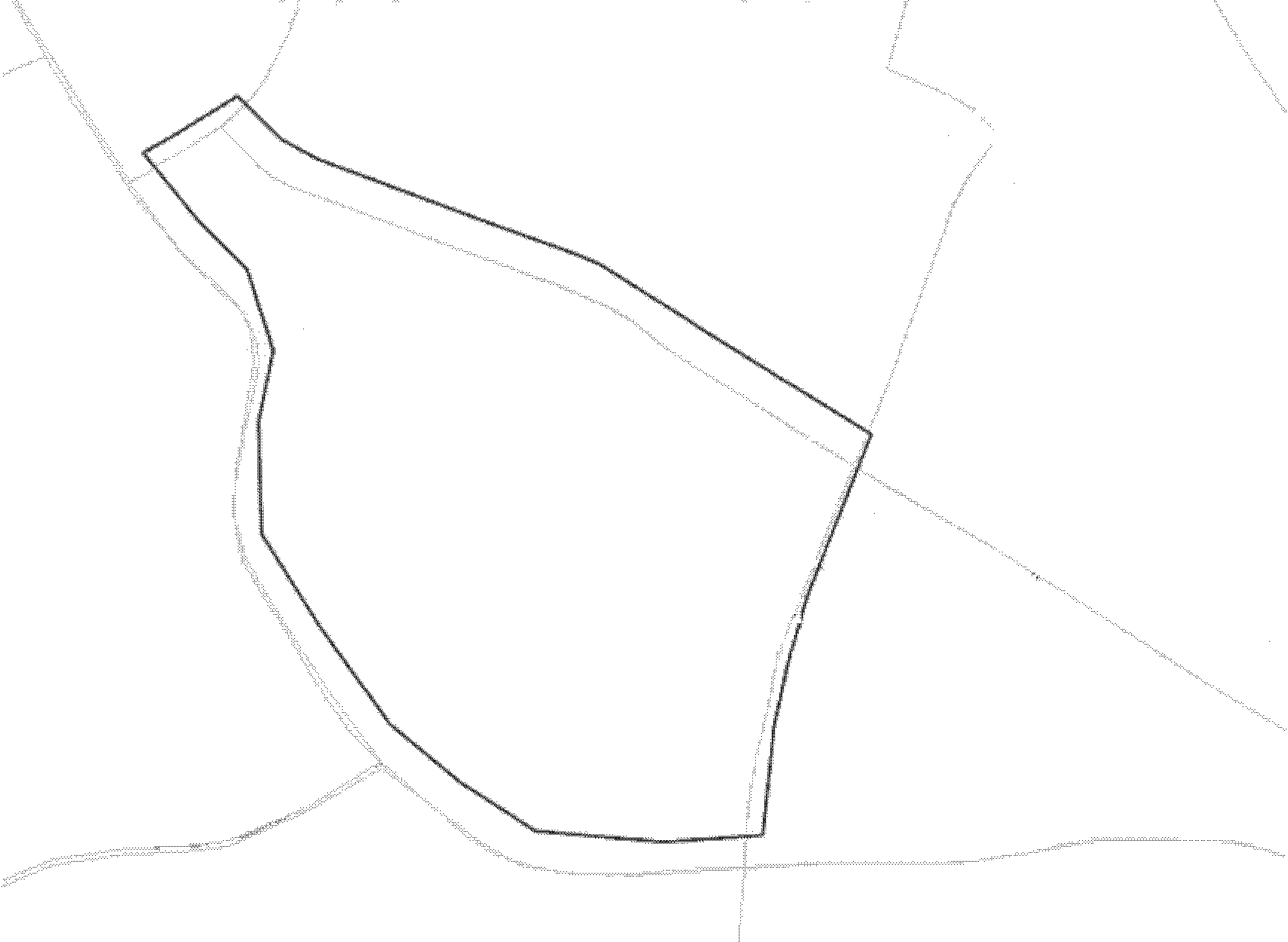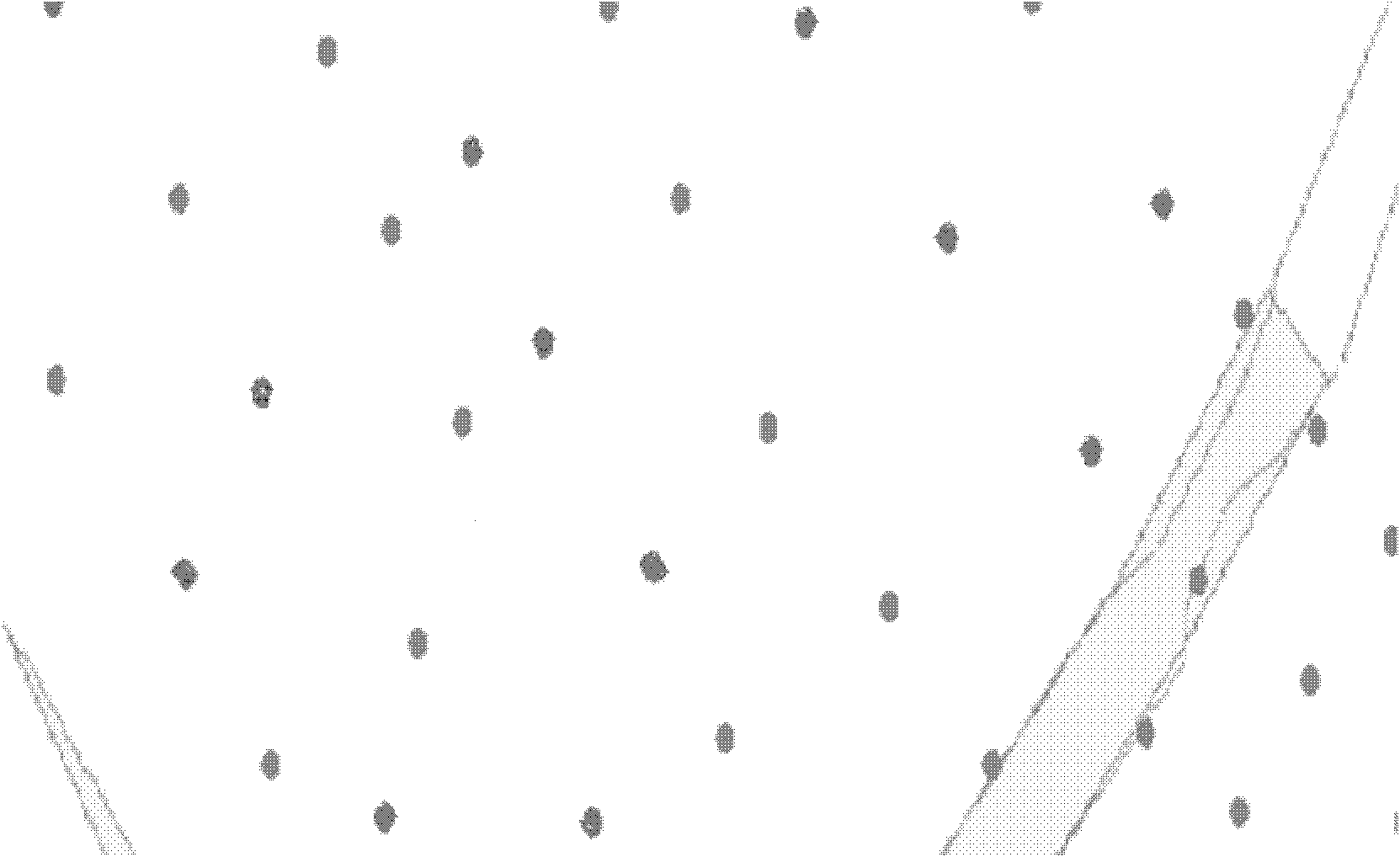GIS (geographic information system) layer point data stacking method
A superposition method and point data technology, applied in the fields of electrical digital data processing, special data processing applications, instruments, etc., can solve problems such as great technical difficulty, and achieve the effect of enhancing flexibility and improving superposition efficiency.
- Summary
- Abstract
- Description
- Claims
- Application Information
AI Technical Summary
Problems solved by technology
Method used
Image
Examples
Embodiment 2
[0055] Take the application of multi-index engineering geological division as an example. In the multi-index engineering geological division, the analysis is composed of six basic indicators including basic seismic intensity, groundwater burial depth, water and soil-corrosion, groundwater quality, rock and soil type, and foundation bearing capacity. Take the constant, and the data of other basic analysis indicators come from the data of exploratory holes.
[0056] 1) if figure 2 As shown, enter a polygonal area where analysis is required;
[0057] 2) Since the exploration points with groundwater depth data are the densest and have the best distribution uniformity, the groundwater depth is selected as the reference layer.
[0058] 3) Query all the exploration holes {a} with groundwater depth data in the polygon area;
[0059] 4) For a constant basic seismic intensity, each exploratory hole is assigned the constant value;
[0060] 5) if image 3 As shown, for the water and...
PUM
 Login to View More
Login to View More Abstract
Description
Claims
Application Information
 Login to View More
Login to View More - R&D
- Intellectual Property
- Life Sciences
- Materials
- Tech Scout
- Unparalleled Data Quality
- Higher Quality Content
- 60% Fewer Hallucinations
Browse by: Latest US Patents, China's latest patents, Technical Efficacy Thesaurus, Application Domain, Technology Topic, Popular Technical Reports.
© 2025 PatSnap. All rights reserved.Legal|Privacy policy|Modern Slavery Act Transparency Statement|Sitemap|About US| Contact US: help@patsnap.com



